Understanding the Semiconductor Ecosystem: Part 1- Key Players in the Value Chain
The semiconductor industry is one of the most complex and collaborative in the world. Much like a natural ecosystem where diverse species coexist and depend on each other, this industry thrives on a network of interdependent players. From design to manufacturing, every stage involves specialized expertise. Some companies focus on designing chip architectures, others manage massive fabrication facilities, while others handle assembly and testing. This collective effort powers smartphones, electric vehicles, AI systems, and countless other digital devices we use every day.
So, who are the key players in this intricate system, and how do they work together? Let’s take a closer look.
The Three Core Categories of Semiconductor Companies
At the center of the semiconductor ecosystem are three major types of companies:
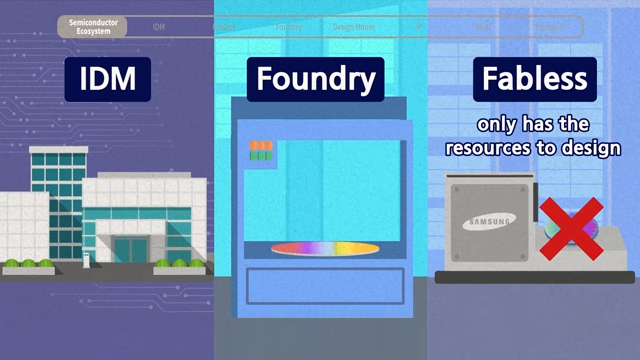
1. Integrated Device Manufacturers (IDMs):
These are the all-in-one powerhouses that handle every step of the process, from design and fabrication to assembly and testing. Samsung Electronics is a leading example, equipped with world-class design capabilities and state-of-the-art production facilities.

2. Fabless Companies:
These companies focus exclusively on chip design. As the name suggests, “fabrication-less,” they don’t operate their own manufacturing facilities. Instead, they rely on external partners to produce the chips. Fabless companies often deliver a wide range of designs in smaller volumes, enabling greater technological diversity and flexibility.
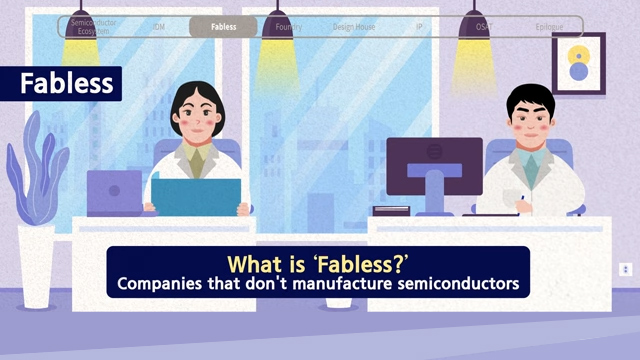
3. Foundries:
Once the design is complete, it’s handed over to a foundry, specialized manufacturers that turn chip blueprints into physical products. Running a foundry requires enormous capital investment and cutting-edge process technology. Only a select few companies worldwide have the scale and expertise to operate these advanced facilities.
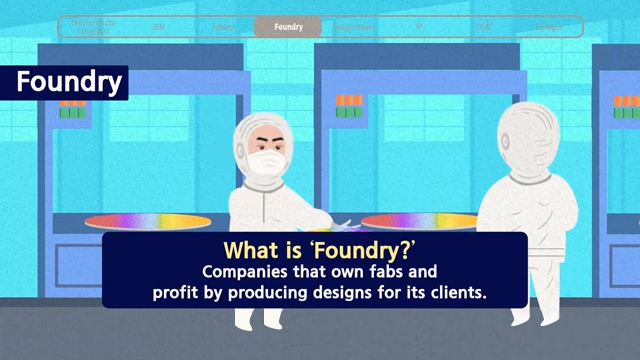
Supporting Roles That Keep the Ecosystem Running
Design Houses:
Design houses act as vital intermediaries between fabless companies and foundries. They refine and optimize chip designs for production, much like turning an architect’s sketch into detailed construction blueprints. Without design houses, translating innovative ideas into manufacturable products would be significantly more challenging. In short, while fabless companies focus on chip design, design houses optimize these designs for manufacturing purposes.
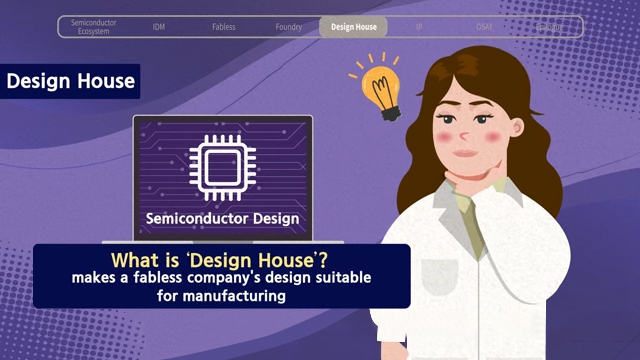
IP (Intellectual Property) Companies:
In this context, IP refers not to patents or trademarks, but to reusable design elements, known as cell libraries, that can be licensed to IDMs, fabless companies, or foundries. These companies don’t manufacture chips themselves, but their licensed IP accelerates development and shortens time to market.
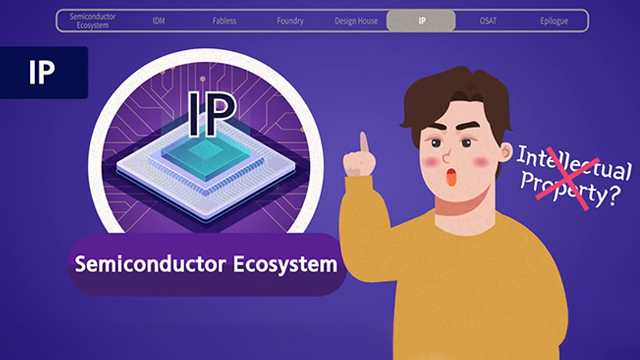

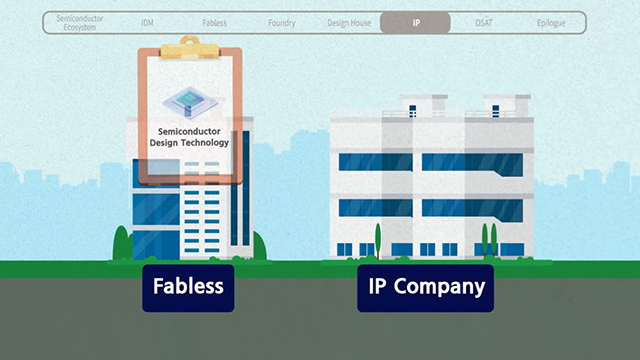
Together, these diverse players form a dynamic, interwoven ecosystem where collaboration and specialization drive continuous innovation. And this is just the beginning. In Part 2, we’ll explore what happens after design and manufacturing, and delve into why deeper specialization has become essential in the semiconductor industry.